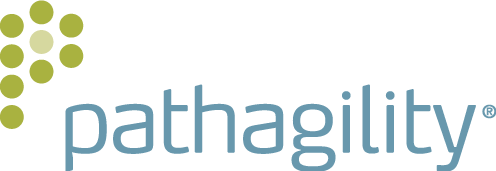The Software-as-a-Service (SaaS) model has been in existence for many years and continues to successfully prove out its value proposition compared to traditional legacy software system models. We published a post a few months ago on the total cost of ownership (TCO) benefits of SaaS.
The healthcare industry was slower initially in its adoption of SaaS due to availability and security concerns. As network infrastructure, security and virtualization innovations continue to be successfully implemented, the healthcare IT vertical has stopped denying itself the benefits of SaaS.
The benefits that have made SaaS successful to date include:
1. Quick deployment
2. No capital expenditures
3. Lower TCO
4. Fast integration
5. Frequent updates
These benefits are all helpful in increasing the adoption of SaaS in healthcare IT, but the attribute that is moving SaaS to the next level is CUSTOMIZATION. Each healthcare provider has its own information ecosystem, is at varying stages of technology adoption, and has diverse workflows. Due to this environment, there are no turnkey problems in healthcare IT. The ability for software systems to be customized is essential in meeting the needs of healthcare providers and many SaaS vendors are architecting their systems to support this need. For example, Pathagility’s WorkPath product was designed to allow not only client workflow customization, but also role based customization on each application screen. This design allows each user to participate in his/her specific role within the organization’s customized workflow. This approach also allows roles to be quickly and easily changed and updated when/if the organization implements future workflow efficiencies.
Customization in SaaS will allow healthcare providers to have their cake and eat it to.
What are your thoughts on SaaS in Healthcare IT?

